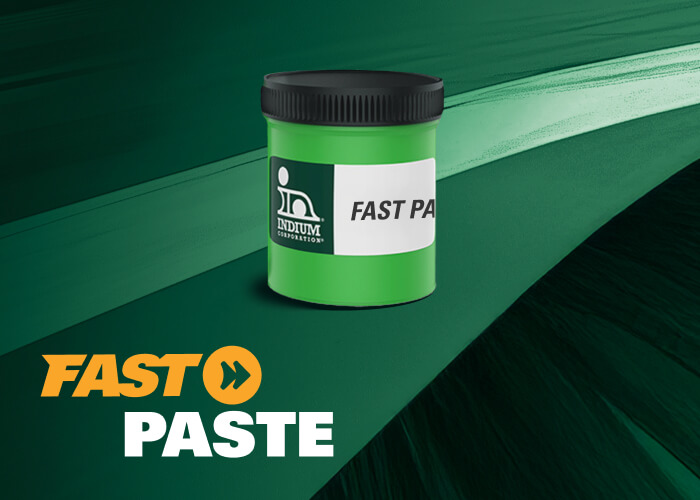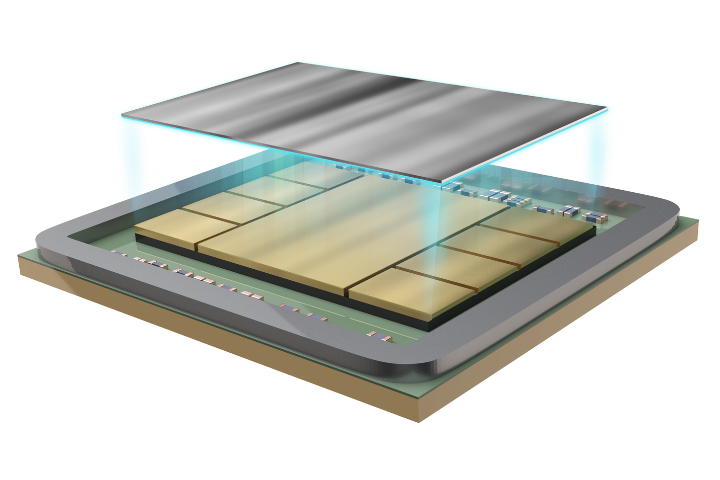One of the most unique features of any sintering material, including our QuickSinter® material, is that it does not need to reach or remain above a liquidus temperature like traditional solder. This material creates a joint between two surfaces by the diffusion of atoms. Simply put, heating the silver particles allows them to coalesce, ultimately forming a porous joint over a given period of time.
With sintering materials such as QuickSinter®, there will always be some degree of porosity which is sometimes confused with the term voiding for traditional solders. Technically both are spaces/gaps within the material;however, voids are generally caused by volatile compounds not being able to escape during the curing process, while pores are generally formed as the particles coalesce with one another. Voids can also be produced in sintering materials the same way as traditional solder. Choosing the right process parameters can prevent the formation of voids in sintering materials.
Bond line thickness (BLT) and die tilt can be tricky to maintain when dealing with solder pastes, but this is not the case when dealing with sintering pastes. There is some reduction in volume as sintering occurs but, for the most part, the BLT of the deposit will be the BLT of the sintered joint. The die tilt which is essentially zero (providing the deposit is initially uniform) will remain that way since the material never reaches a liquidus temperature.
The melting point of Ag is 961.8⁰C which is much higher than any solder (<400⁰C). Its high melting point allows this material to handle a high-temperature operating life (HTOL) even in excess of 470⁰C for a pure sintered joint. Even epoxy-silver hybrid materials cannot withstand the HTOLs of this temperature given that most epoxy materials break down at <250⁰C.
Feel free to reach out to Indium Corporation’s excellent technical support team at [email protected] with any questions regarding this new product.
Respectfully,
Dr. Richard McDonough



